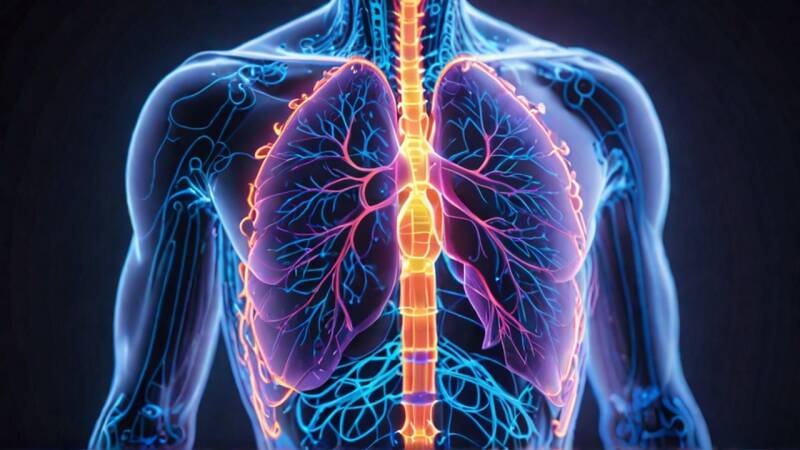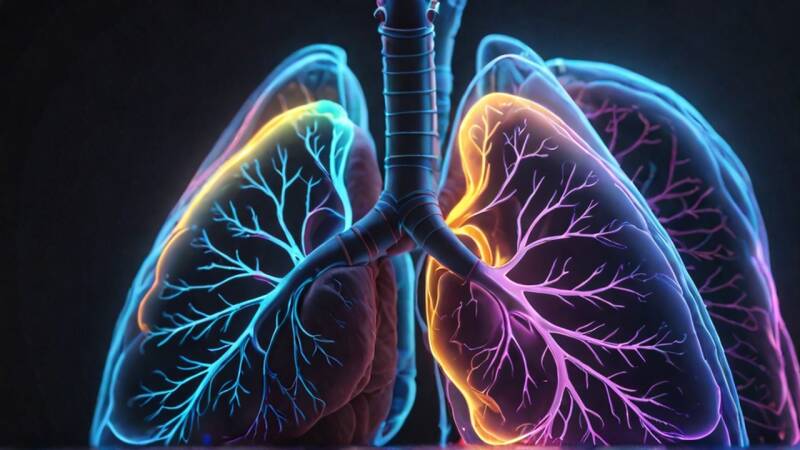
💨Breathing Insights: Unlocking Oxygen, Energy & Balance
Modern research shows that the way we breathe 💨 has a profound impact on health, performance, and longevity. Many people default to mouth breathing or shallow chest breathing 💨, which can disrupt oxygen delivery, increase water loss, and place unnecessary stress on the body. By returning to natural breathing 💨 patterns, we can restore efficiency and resilience.
At the heart of this approach are three principles:
👃Nasal breathing 💨 stabilizes and optimizes the respiratory system.
Controlled, extended exhalations calm the nervous system and maximize oxygen release.
Carbon dioxide efficiency is essential for proper oxygen delivery and fluid balance.
👃Nose Breathing 💨: The First Step
The👃nose does far more than move air in and out. It filters, humidifies, and regulates the flow of each breath. Compared to mouth breathing, nasal breathing 💨:
Enhances circulation by producing nitric oxide, a natural vessel dilator.
Improves oxygen absorption by slowing airflow and allowing deeper gas exchange.
Conserves body water by recycling and humidifying air.
Shields the body by trapping particles and pathogens.
How to Apply: Practice keeping your mouth closed during daily activities, exercise, and sleep. Notice when you drift into mouth breathing 💨 and gently return to the👃nose.
The Power of the Extended Exhale
Breathing 💨 well is not about taking in more air—it’s about learning to release it fully. A longer, deliberate exhalation:
Activates the relaxation branch of the nervous system.
Allows carbon dioxide to build slightly, which helps oxygen transfer from blood to tissues.
Strengthens the diaphragm and breathing 💨 muscles.
Prevents inefficient, rapid breathing 💨 cycles that waste energy.
Simple Protocol:
Inhale softly through the👃 nose for 4-6 seconds.
Exhale slowly for up to 30 seconds (through the 👃nose).
Continue for several minutes to train calm, efficient breathing 💨.
Carbon Dioxide: The Hidden Key
Often misunderstood as a waste gas, carbon dioxide actually regulates how well oxygen moves into our cells. Adequate CO₂ levels are needed to:
Trigger oxygen release (Bohr effect).
Maintain pH balance and vascular tone.
Reduce unnecessary water loss at the cellular level.
Support smooth, steady breathing 💨 rhythms.
How to Apply: A simple practice is gentle breath-holding after a normal exhale. Hold until you feel a moderate urge for air, then resume calm👃nasal breathing 💨. Over time, this raises CO₂ tolerance and trains the body to use oxygen more effectively.
Integration: Oxygen & Hydration Efficiency
When practiced consistently,👃nasal breathing 💨, extended exhalation, and CO₂ conditioning work together to:
Improve oxygen saturation, not by taking in more air, but by using air more effectively.
Conserve body water, since👃 nasal breathing💨 minimizes respiratory fluid loss.
Enhance whole-body efficiency, easing strain on the lungs, heart, and kidneys.
Daily Breathing 💨 Practice
Awareness: Notice and shift from mouth to👃nasal breathing 💨.
Rest: Spend 5 minutes twice daily on 4-6 sec Inhale ~ Up to 30 sec exhale.
Movement: Exercise while maintaining👃nasal breathing 💨, even if it feels challenging.
Hydration: Remember—how you breathe 💨 conserves water as much as what you drink.
Sleep: Explore methods that promote👃nasal breathing 💨 overnight.
"In essence: Breathing 💨 with the👃nose, extending the exhale, and improving CO₂ tolerance form a natural protocol for oxygen efficiency, hydration, and balance."
